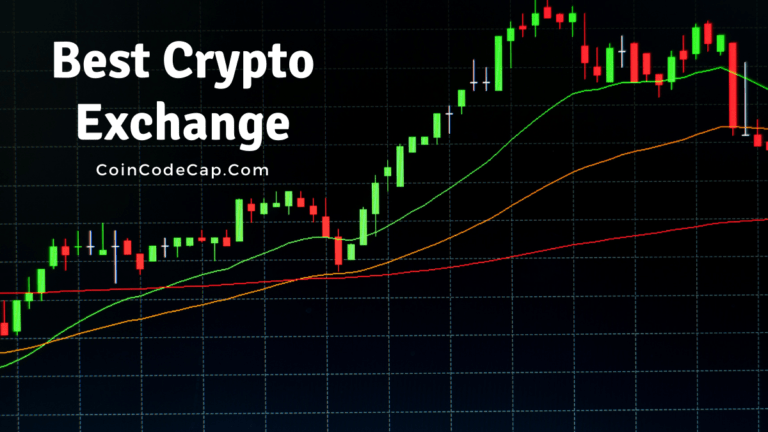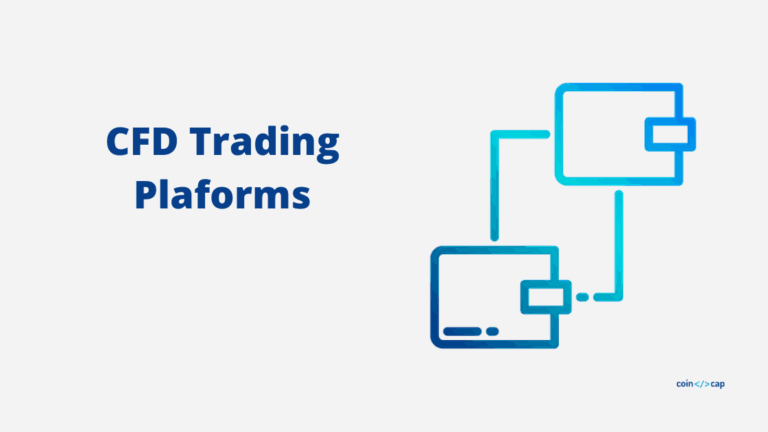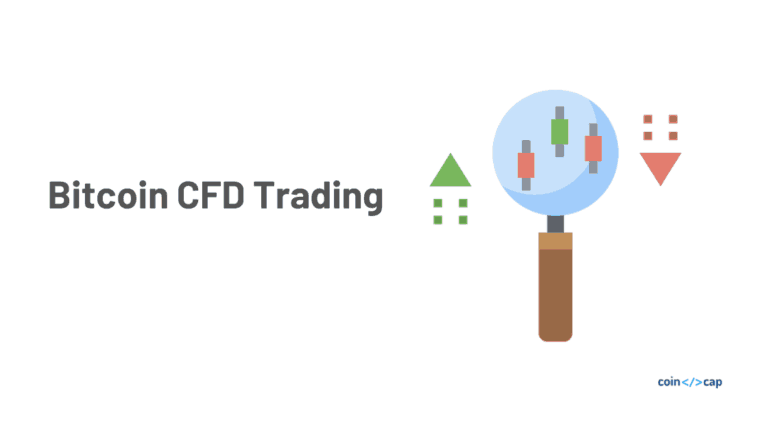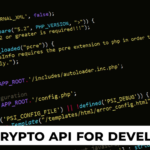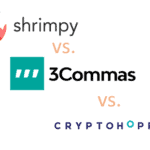
Analyzing financial markets for significant earning opportunities requires testing multiple trading strategies to determine the best option for consistent profitability. High-frequency trading is one popular method that large companies and professional traders employ to trade large numbers of trades. In this article, we’ll explore high-frequency trading and how traders use TradingView for chart accuracy when working with high-frequency data.
Table of Contents
What is High Frequency Trading?
High-frequency trading (HFT) uses sophisticated computer programs to run complex trading algorithms. These algorithms enable lightning-speed market execution, allowing traders to spot emerging trading opportunities on TradingView in milliseconds. HFT enables traders to process a large number of transactions with precision. The complexity associated with high-frequency trading makes it a popular trading strategy among institutional investors like hedge funds, investment banks, and mutual funds.
What Is High-Frequency Data?
High-frequency data are financial market data obtained at extremely short time intervals, usually as fast as 2 to 10 milliseconds. This information is available to all market participants, including retail traders. The only difference is how fast the data reaches the trader. High-frequency traders collect trade, quote, and order book data at excellent resolution to execute trades quickly.
High Frequency Trading Origins
High-frequency trading emerged when the New York Stock Exchange started offering supplemental liquidity providers (SLPs) rebates. SLPs are key market participants who use sophisticated computer programs to run algorithms that process large trading volumes on exchanges to add liquidity to the markets. The New York Stock Exchange introduced supplemental liquidity providers after the collapse of Lehman Brothers, a global financial services firm, in the early stages of the Great Recession.
Types of High-Frequency Trading

High-frequency traders use quantitative trading to exploit minute deviations from market prices for profit. HFT allows traders to get their orders filled ahead of other traders. This increases the likelihood of HFT traders being more profitable than traders with slower execution speed. While there are several high-frequency trading strategies in the market, here are four of the most common types:
Market Making
Market making involves liquidity for financial assets such as cryptocurrencies, stocks, and bonds. A market maker is usually a high-frequency trading firm that constantly provides bids and asks for prices from other market participants. The difference between the ask and bid price, the spread, becomes the market maker’s profit. With the widespread adoption of direct market access, many investors can operate market-making HFT strategies.
Statistical Arbitrage
Statistical arbitrage is an advanced form of quantitative trading that uses mathematical models and algorithms to detect and exploit temporary price deviations. It’s termed statistical because its underlying principle involves exploring the statistical relationship between the securities being traded. An example of a statistical arbitrage strategy using high-frequency trading is exploring the correlation between Bitcoin and the US dollar based on their historical prices, US interest rates, and stock market performance.
News-Based Trading
This involves using high-frequency trading to create algorithms that track public news and social media activity on a particular asset. The HFT algorithm can be designed to identify specific company names, cryptocurrency, or stock, and relevant networks to obtain crucial information. The algorithm uses the high-frequency data generated to execute automatic news-based trades faster than human traders can assess the impact of news and open trades.
Latency Trading
Latency is the time difference between an event, such as a professional change on the New York Stock Exchange, and when the market information reaches the end users. It also describes the time delay between when a trader receives the market information and when they execute their trade. HFT firms rely on advanced technology to process high-frequency data and minimize these delays.
This usually involves investing in the fastest network connection, such as the dark fiber optic cable. HFT firms also use specialized servers close to exchanges’ data centers and advanced hardware like the Field-Programmable Gate Arrays (FPGAs) or Graphics Processing Units (GPUs) to reduce latency.
How TradingView Ensures Chart Accuracy With High-Frequency Data

Data is key in high-frequency trading. The fastest to get market data and execute trades based on the data collected has a significant trading advantage. TradingView is popular for its advanced trading charts, which provide data on an asset’s historical price, volume, current ask and bid prices, and latest news.
The charting software uses multiple data sources by integrating with reliable data providers and exchanges globally to ensure the accuracy of all data displayed in the chart. According to the official website, TradingView connects to hundreds of data feeds, accessing over 3.5 million financial instruments globally. The data providers include global stock and futures exchanges, brokerage feeds, crypto exchanges, decentralized exchanges, and key news providers.
HFT firms usually create a network infrastructure that establishes co-location services near exchange servers. These high-frequency data suppliers also use cross-connect cables for direct exchange access. With this infrastructure, traders with advanced hardware equipment like GPUs can leverage high-frequency data to execute trades at lightning speed.
How TradingView Helps Level the Playing Field for All Traders
High-frequency traders have speed to their advantage. Although HFT firms are usually criticized for having an unfair advantage of profiting at the expense of smaller retail traders, high-frequency data providers like TradingView are attempting to level the trading field. Due to its high-frequency data functionality, traders can access accurate trading charts on TradingView. The charting platform provides real-time market data for traders to make prompt trading decisions.

